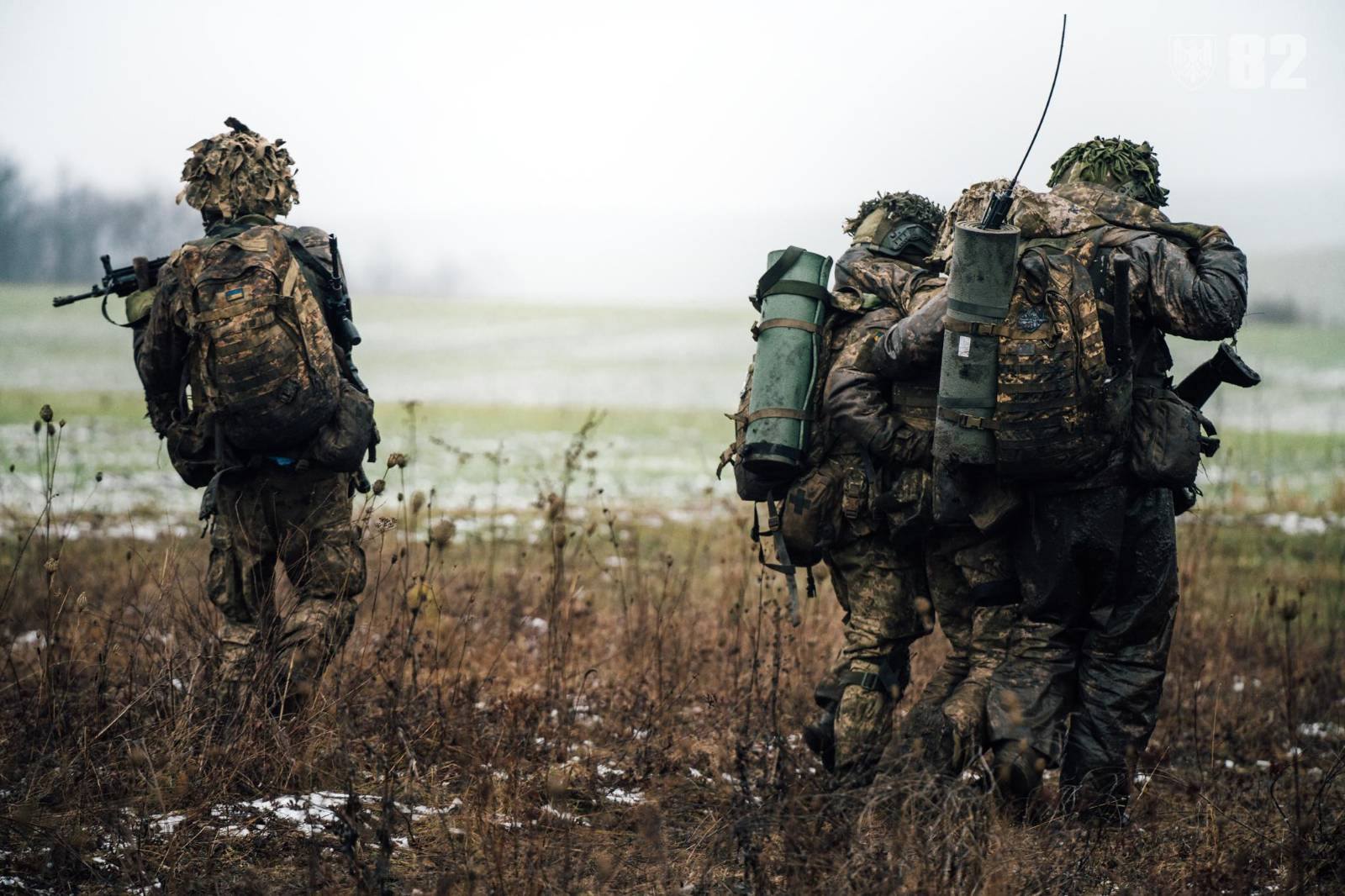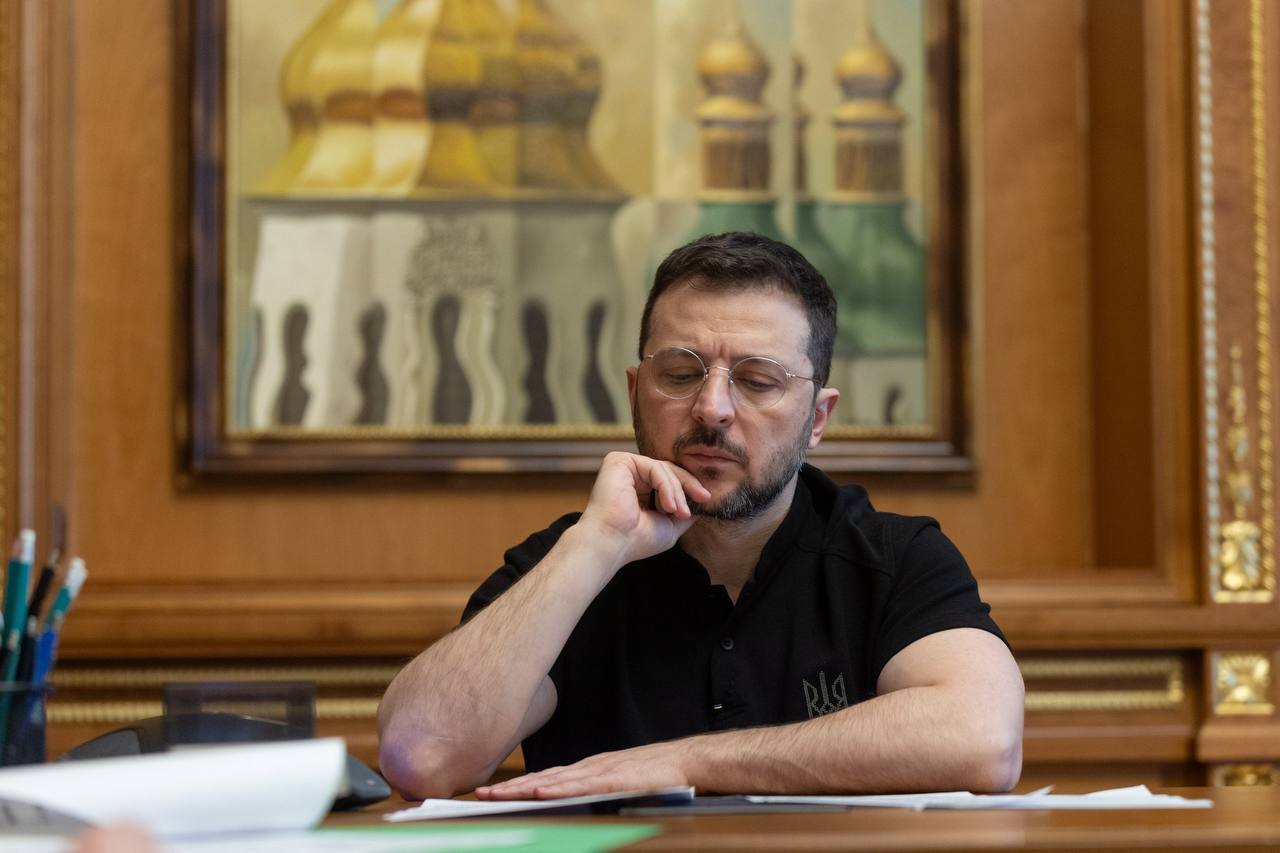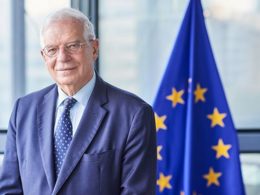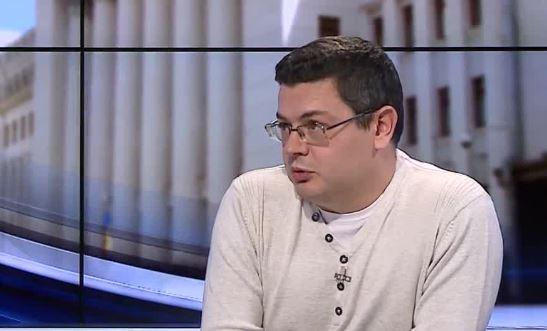Experts say any European peacekeeping force in Ukraine would require substantial US backing, even as stark gaps emerge between requested troop numbers and European capabilities, according to statements from defense analysts and officials.
President Volodymyr Zelenskyy called for 200,000 foreign troops on the ground in Ukraine during his January 2025 speech at the Davos Economic Forum. However, a senior European official told The New York Times that Europe simply doesn't have that many troops to offer.
"Even deploying a much smaller force of 40,000 troops would be a difficult task for Europe," the official said, adding that such a limited contingent would be insufficient to deter Russia. The challenge is particularly acute given Europe's slow economic growth, existing troop shortages, and needs for domestic defense.
Eli Tenenbaum, director of the Security Studies Center at the French Institute of International Relations, offers details on how this smaller force could look like. He proposes deploying 3 to 5 brigades totaling around 40,000 troops with robust air defense capabilities, positioning these forces 20-50 kilometers from the frontline, east of the Dnipro River.
"US assurances would be crucial if something goes wrong. Even for the strategic significance of this mission, there needs to be some degree of uncertainty in the US contribution if Russia truly decides to test these forces and tries to provoke new aggression," Tenenbaum told Radio Free Europe/Radio Liberty.
However, a real deterrent force would typically require "well over 100,000 troops assigned to the mission" for regular rotations and emergencies, Lawrence Freedman, emeritus professor of war studies at King's College London told the New York Times.
Particularly, military experts have proposed a "porcupine model" requiring up to 150,000 troops, which would provide Ukraine with enough weaponry, resources, and training to deter future Russian aggression. However, this approach would still require significant US involvement with air transport, satellites, missile defense, and other strategic capabilities that Europe lacks, according to The New York Times reporting.
The capacity gap has become even more critical as US Secretary of Defense Pete Hegseth explicitly rejected American participation in any future peacekeeping mission during Wednesday's Ukraine Defense Contact Group meeting in Brussels.
"If these troops are deployed as peacekeepers to Ukraine at any point, they should be deployed as part of a non-NATO mission. And they should not be covered under Article 5," Hegseth stated, ruling out US troop deployment to Ukraine under any security guarantees.
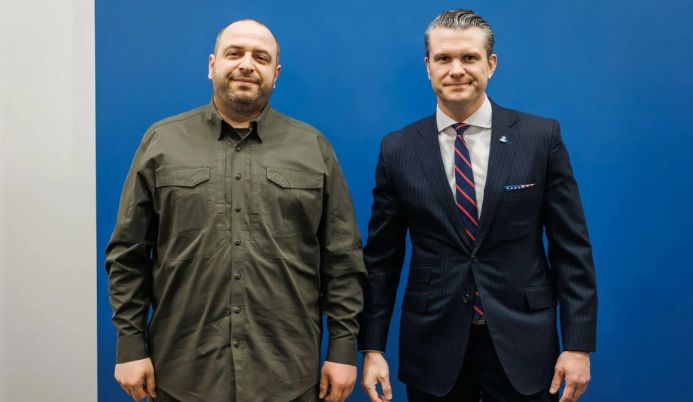
Pentagon chief rules out Ukraine’s NATO membership, says liberating Russian-occupied territories “unrealistic”
While ruling out American troop presence, Hegseth acknowledged the need for substantive security arrangements. "A sustainable peace for Ukraine must include reliable security guarantees to ensure the war doesn't restart again. This cannot be Minsk 3.0," he stated at the Brussels meeting, though emphasizing that capable European and non-European forces, not American troops, should provide these guarantees.
Defense experts warn that deploying insufficient forces without proper support could amount to what Claudia Major of the German Institute for International and Security Affairs called "bluff and pray" - potentially inviting Russian aggression rather than deterring it.
This gap between military requirements and political reality has already impacted potential European contributions. Poland, which borders Ukraine and has been deeply involved in its security, has dismissed participating in such a force without US involvement.
"Poland understands it needs the United States to be involved in any such proposal," explained Alexandra de Hoop Scheffer, acting director of the German Marshall Fund, noting that Warsaw wants "guarantees from Trump that there will be US security help to support Europeans in the front line."
European NATO allies technically command 1.9 million troops on paper, but the Financial Times reports they would struggle to deploy more than 300,000 in a potential conflict, with even that number requiring months of preparation.
Former Ukrainian Foreign Minister Pavlo Klimkin argues that European countries will have no choice but to send a mission to Ukraine, though "it won't be significant in numbers but sufficiently equipped, performing deterrent and monitoring functions. This mission won't be a security guarantee element in our sense, but it will be an important deterrence factor," he told Radio Free Europe/Radio Liberty.
Apparently acknowledging the mounting challenges to a peacekeeping mission, President Zelenskyy proposed an alternative approach on 12 February. In an interview with The Guardian, he suggested that a well-funded, expanded Ukrainian military could eliminate the need for international peacekeepers entirely. "If we have the opportunity to seriously expand our army, if we have both weapons and finances for this, we can live without other contingents," he stated.
Zelenskyy argued that European security interests are ultimately at stake, regardless of the specific security arrangement. "This is protection for Europe... because Putin will go to their countries after us. They need this," he explained, criticizing what he called "infantile conversations" about accommodating Russian preferences regarding military presence in the region.

